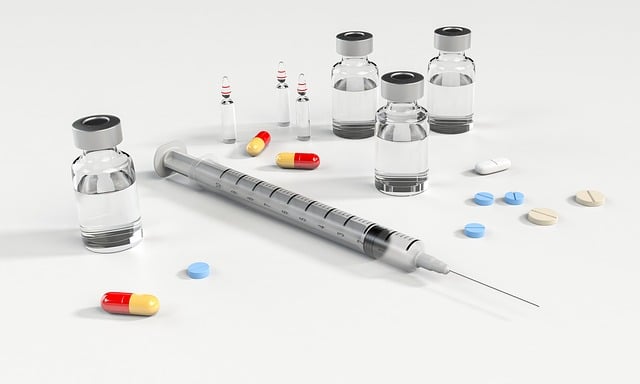
At MDCAT1.com, delve into the world of Direct Acting Cholinergic Drugs. Gain comprehensive insights into their mechanisms, applications, and pivotal role in healthcare, enriching your understanding of these pharmaceuticals
Direct Acting Cholinergic Drugs
1. Acetylcholine
| 1 | Neurotransmitter , Quaternary amine= Cannot pas Blood brain barrier |
| 2 | Diffuse action both on Muscarinic and nicotinic receptors |
| 3 | Decrease heart rate and cardiac output Mechanism: The mechanism of acetylcholine in decreasing heart rate and cardiac output involves ACh binding to muscarinic receptors on cardiac pacemaker cells (SA node), leading to an increased potassium ion permeability. This hyperpolarizes the cells, slowing down the depolarization rate, and ultimately reducing heart rate and cardiac output. |
| 4 | Decreases blood pressure Mechanism: Acetylcholine decreases blood pressure by binding to muscarinic receptors on vascular endothelial cells. This binding triggers the release of nitric oxide (NO), a potent vasodilator. Nitric oxide relaxes the smooth muscle in blood vessel walls, leading to vasodilation and an increase in blood vessel diameter. As a result, there is reduced resistance to blood flow, which leads to a decrease in blood pressure. Atropine work as antagonist. |
| 5 | Increases: -GI motility -salivary secretion -Gastric acid secretion -Bronchoconstriction -Produce miosis -Tone of detrusor muscle ( Bladder ) cause urination –Methacholine = diagnosis of Asthma |
2. Bethanechol
| 1 | Major action: Urinary bladder and GI SYSTEM |
| 2 | Duration of action : 4 hours |
| 3 | Action: -Its action promotes increased motility in the intestines and bladder, leading to enhanced bowel movements and bladder emptying |
| 4 | Therapeutic use: -Used to stimulate atonic bladder particularly in postoperative and non-obstructive urinary retention |
| 5 | Adverse effects: Sweating Salivation Flushing ( reddening of face ) Decreased B.P Bronchospasm – Atropine sulphate can be used to overcome severe cardiovascular or bronchoconstrictor |
3. Carbachol
| 1 | Action: Major action: CVS, GI SYSTEM and on Eyes ( Miosis ) |
| 2 | Diffuse action both on Muscarinic and nicotinic receptors |
| 3 | Therapeutic uses: – Long duration of action –Glaucoma = Used to treat open-angle glaucoma , –Neurological Diagnostics = Testing to assess pupillary responses –Intraocular Surgery = used during intraocular surgery, such as cataract surgery, to induce pupillary constriction and ease surgical access to the eye. |
| 4 | Adverse effects: Due to lack of systemic penetration with ophthalmic use, few negative effects happen. |